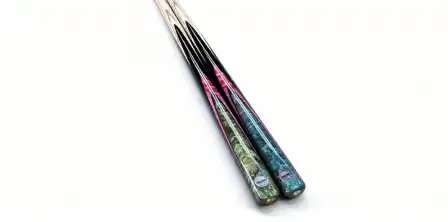On the final night of the 2025 World Snooker Championship, Chinese player Zhao Xintong defeated three-time champion Mark Williams 18-12, becoming the first Asian to lift the World Championship trophy. Her victory not only made history for Chinese snooker but also reignited nationwide enthusiasm for the sport. On social media, posts about Zhao’s win garnered nearly 200 million views, while multiple snooker tutorial videos received close to a million likes.
Snooker tables in local halls now require reservations three days in advance. The owner of a billiards hall in Chengdu reported that the venue has been nearly fully booked recently, even on weekdays. When Ding Junhui first rose to prominence, he propelled snooker’s growth in China. This time, Zhao Xintong’s impact could be even more significant, remarked 1997 World Champion John Higgins.

From neighborhood pool halls to a billion-dollar commercial circuit, from personal passion to nationwide participation, snooker is entering a new era.
How Billiards Became Mainstream
When asked what factors influence their choice of billiard hall, most respondents mentioned a comfortable environment, high-quality equipment, excellent service, and convenient location. While prices vary depending on facilities, many players consider the cost of a single visit reasonable. Numerous enthusiasts even invest in their own custom-made cues.
The cues provided by halls—often bent or worn—usually fail to meet players’ expectations, prompting many to buy their own. Prices range from $420 to $700, with some exceeding $1,120. On e-commerce platforms, cue prices vary from $14 to tens of thousands of dollars, with those around $70 being the most popular. Among 10 enthusiasts interviewed, 8 said they would purchase their own cue.

The billiards industry has seen sustained growth in recent years, whether measured by production volume, market size, or the number of enthusiasts. Currently, the number of billiards enthusiasts exceeds 210 million, growing at an annual rate of 18%.
In specific market segments, the billiards equipment and supplies market is expected to maintain steady growth, with premium and personalized products becoming increasingly popular. The billiards hall market will also expand as consumption upgrades continue. Additionally, billiards tournaments and training programs hold significant growth potential and could become key drivers of the industry’s future expansion.
Across the industry—from cues, tips, and tables to billiards halls—operations are gradually becoming more standardized. The key to sustaining billiards clubs lies in professional management, differentiation, and meticulous service, transforming the long-standing perception of billiards as dirty, messy, and poorly maintained.


